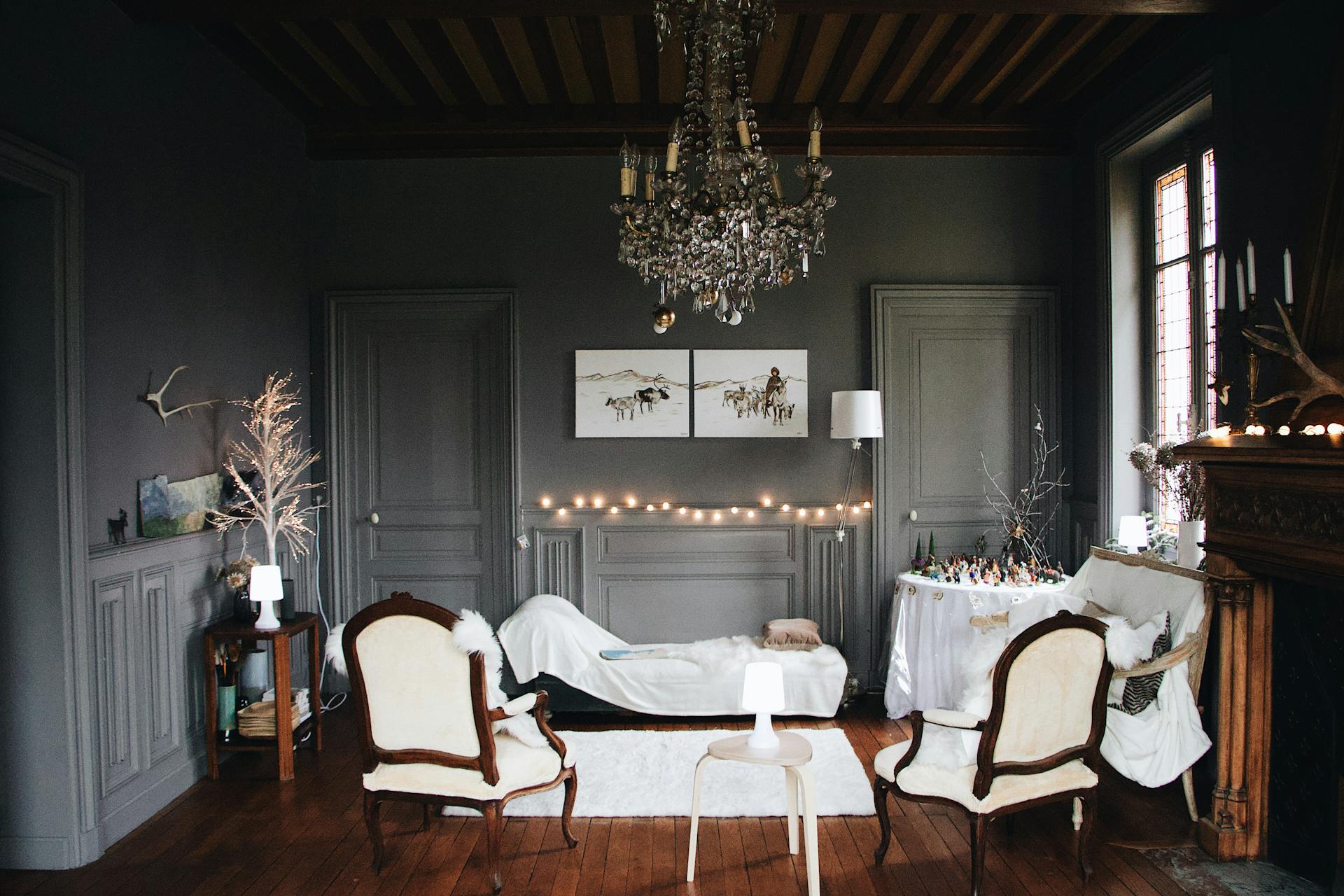Mixing different design styles can create a unique and visually appealing space· One such combination that has gained popularity in recent years is the fusion of Victorian furniture with modern elements· This blend allows homeowners to showcase their appreciation for both traditional elegance and contemporary aesthetics· By understanding the key characteristics of Victorian style and exploring contemporary furniture trends, it becomes easier to find common ground and create a harmonious space that seamlessly combines the best of both worlds·
Understanding the Victorian Style: Key Characteristics and Elements
Victorian furniture is known for its ornate details, rich materials, and intricate craftsmanship· This style emerged during the reign of Queen Victoria in the 19th century and is characterized by its opulence and grandeur· Victorian furniture often features dark woods, such as mahogany or walnut, and is adorned with intricate carvings, tufted upholstery, and decorative motifs· The pieces are typically large and imposing, reflecting the Victorian era’s emphasis on status and wealth·
Embracing Modern Design: Exploring Contemporary Furniture Trends
In contrast to the elaborate and heavy Victorian furniture, modern design embraces simplicity, clean lines, and functionality· Contemporary furniture trends focus on minimalism, with an emphasis on sleek and streamlined forms· Materials such as glass, metal, and leather are commonly used in modern furniture, creating a sense of lightness and openness· The color palette tends to be neutral, with pops of bold colors used sparingly for accent pieces·
Finding Common Ground: Identifying Overlapping Features in Victorian and Modern Furniture
While Victorian and modern furniture may seem like polar opposites, there are overlapping features that can be used to create a cohesive design· For example, both styles value quality craftsmanship and attention to detail· By selecting modern furniture pieces that incorporate intricate details or unique textures, it is possible to bridge the gap between the two styles· Additionally, both Victorian and modern furniture can feature curved lines, albeit in different ways· By selecting modern pieces with subtle curves or Victorian pieces with more streamlined silhouettes, a balance can be achieved·
Creating a Harmonious Space: Tips for Balancing Victorian and Modern Pieces
To create a harmonious space that successfully blends Victorian and modern furniture, it is important to strike a balance between the two styles· One approach is to use Victorian furniture as statement pieces and complement them with modern accents· For example, a Victorian sofa can be paired with sleek, modern side tables or a contemporary rug· Another approach is to mix and match individual elements from both styles throughout the space· This can be done by incorporating modern lighting fixtures or artwork into a predominantly Victorian room, or by adding Victorian-inspired accessories to a modern space·
Color and Texture: Unifying Victorian and Modern Furniture through Coordinated Elements
Color and texture play a crucial role in unifying Victorian and modern furniture· To create a cohesive look, it is important to select a color palette that complements both styles· Neutral tones, such as beige, gray, or cream, can serve as a backdrop for both Victorian and modern furniture· Additionally, incorporating texture through fabrics, such as velvet or leather, can add depth and visual interest to the space· By using coordinated elements, such as matching upholstery or complementary patterns, the Victorian and modern pieces can be seamlessly integrated·
Accessorizing with Finesse: Incorporating Décor and Art to Enhance the Fusion
Accessories and artwork are essential in enhancing the fusion of Victorian and modern furniture· By carefully selecting decorative items that bridge the gap between the two styles, a cohesive look can be achieved· For example, a modern sculpture displayed on a Victorian side table or a contemporary painting hung above a Victorian fireplace can create an interesting juxtaposition· It is important to strike a balance between the two styles, ensuring that the accessories enhance the overall aesthetic rather than overpowering it·
Case Studies: Inspiring Examples of Successful Victorian-Modern Furniture Mixes
To gain inspiration and a better understanding of how to successfully mix Victorian and modern furniture, let’s explore a few case studies· In one example, a Victorian dining table with ornate carvings and a modern glass top was paired with sleek, modern chairs· This combination created a visually striking and harmonious dining space· In another case, a Victorian-inspired bedroom featured a modern platform bed with clean lines and a Victorian-style chaise lounge· The result was a luxurious and inviting bedroom that seamlessly blended the two styles·
Conclusion
Mixing Victorian furniture with modern elements can create a visually stunning and unique space· By understanding the key characteristics of Victorian style and exploring contemporary furniture trends, it becomes easier to find common ground and create a harmonious fusion· Balancing Victorian and modern pieces, coordinating color and texture, and incorporating accessories with finesse are essential in achieving a successful blend· By following these tips and drawing inspiration from case studies, homeowners can create a space that showcases the best of both worlds·










